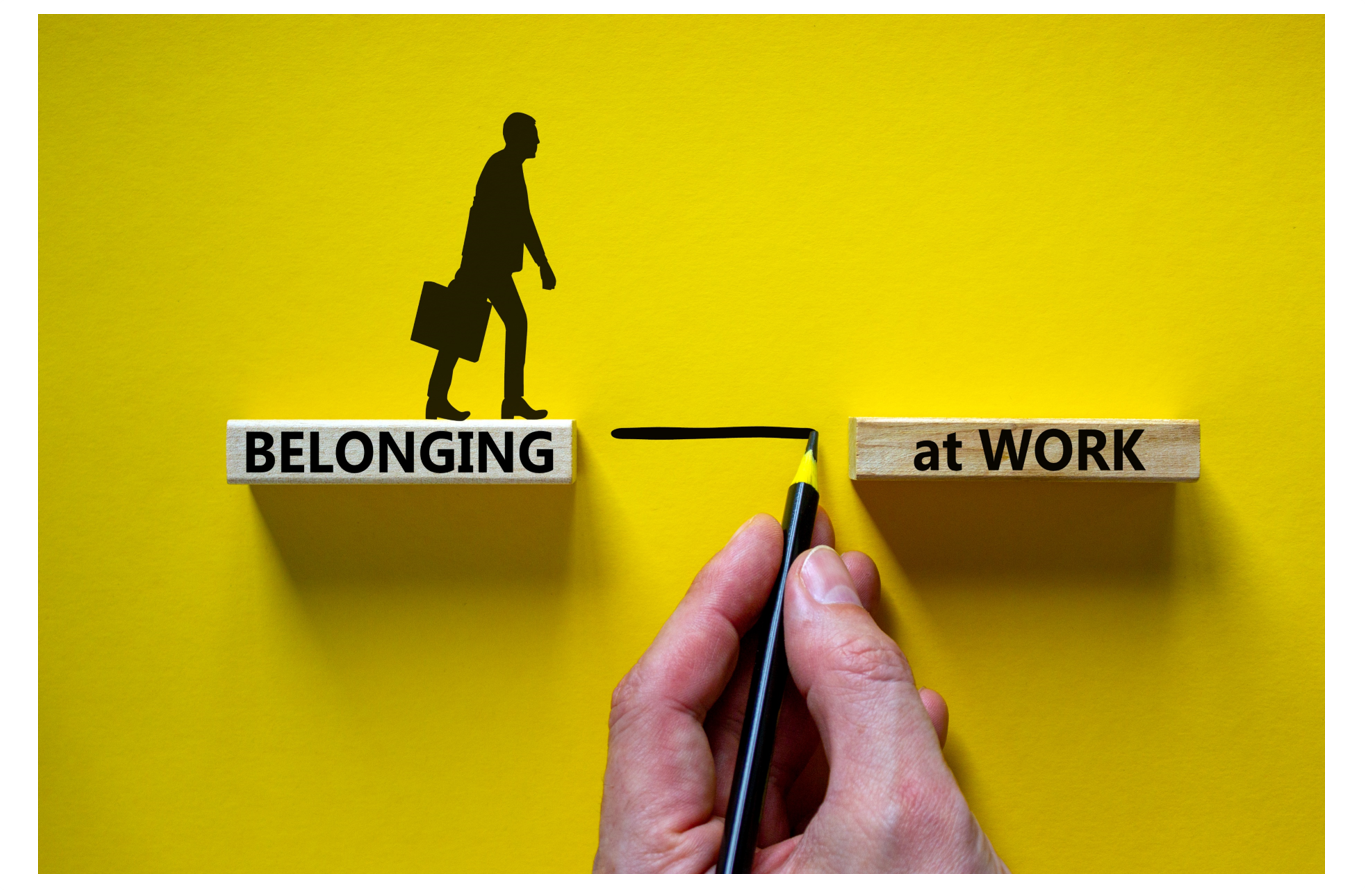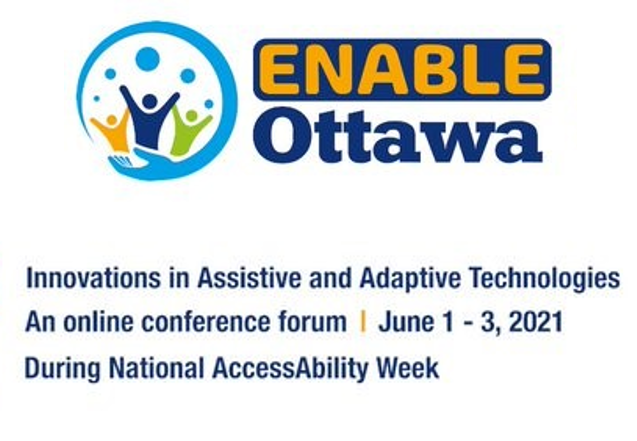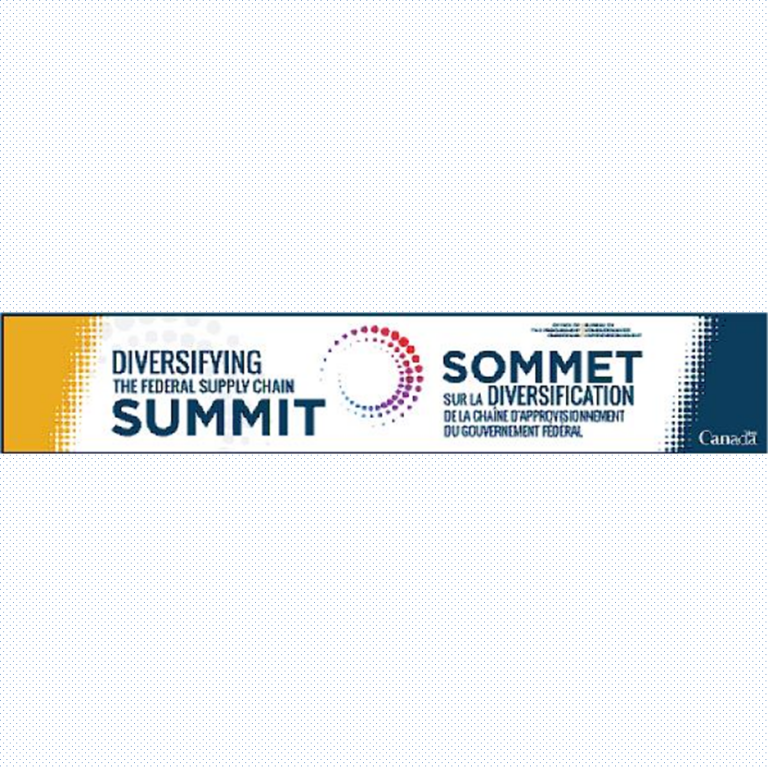From DEI to BDR: Belonging, Dignity, and Respect
Out with the Old, in with the New
Diversity, Equity, and Inclusion (DEI) are now buzzwords that signal an organization is attentive to the needs of its diverse stakeholders. Yet, as we’ve seen with other buzzwords like ‘sustainability’ and ‘corporate social responsibility’, the widespread use of diversity, equity, and inclusion have led to their dilution in meaning.
This happens when words are attributed to activities that are not as potent as their original meaning intended. That is why so many corporations look like they’re only paying lip service to DEI with vague phrases like “we are continuing to address DEI concerns across the organization.” So, as more organizations claim DEI efforts for limp programs and initiatives, the less we collectively believe in the power and impact of those efforts.
In the last few years, advocates of ‘original’ DEI efforts have transitioned to using BDR: belonging, dignity, and respect. Along with those advocates, the IWSCC will now prioritize the terms belonging, dignity, and respect over diversity, equity, and inclusion.
The Purpose of New Language
The Merriam-Webster dictionary defines BDR as such:
Belonging: possession in the plural; close or intimate relationship.
Dignity: the quality or state of being worthy, honoured, or esteemed.
Respect: an act of giving particular attention; high or special regard.
Besides the benefit of a fresh perspective, the primary advantage with this new acronym is that it uses empathetic and targeted language. Where diversity, equity, and inclusion are somewhat vague and unquantifiable, BDR specifically focuses on the ‘end user’.
For example – asking employees if they think their company is diverse may result in a variety of answers, whereas asking individuals if they experience belonging will lead to a binary yes or no answer. From there, real actions can be taken to create a better sense of belonging, dignity or respect.
The words themselves are also in opposition to stigma: the negative association with a circumstance, quality, or person. Stigma creates an invisible ‘bubble’ around the circumstance, quality, or person that keeps it/them excluded from society. So, it must be that where true BDR exists, stigma cannot.
How Does Your Company Measure Up?
If your organization is still using the DEI language, there is no need to scrap your program completely. The idea behind this new language is to rethink the who, what, where, why, and how of our DEI initiatives. The easiest way to do this is through Quality Control checks.
Regular Quality Control Checks
Either quarterly or bi-annually, the best practice is to have a team assess the veracity and effectiveness of DEI efforts. This is the time to consider whether the organization is just ‘checking the boxes’, or is genuinely working to achieve belonging, dignity, and respect for its diverse employees, customers, and suppliers. Here are some things to consider during the QC process.
Stakeholder Feedback
The only way to find out if BDR is being achieved is to ask individuals. By determining how programs are resonating with someone’s authentic experience, organizations can uncover obstacles and opportunities for creating a truly inclusive workplace and supply chain. Feedback also uncovers whether DEI/BDR is being shared with and adopted by every level of the organization.
Clear Definitions
If you want to keep DEI language, make sure to clearly define and share those words within your organization. A good starting point is to frame them as SMART goals – how can you make the words specific, measurable, achievable, relevant, and time-bound.
Question the Experts
The field of DEI consultants has grown significantly in the past decade. While these can be great resources, organizations must ensure the expert’s methods and parameters align with their own values.
Accessibility
One consideration that often gets overlooked in DEI efforts is accessibility. Inclusivity is achieved by making sure that all diverse stakeholders have access to information, people, resources and opportunities. There are many initiatives that work towards that, and the team at IWSCC would be happy to chat with you about where to start.
While creating new language may seem like hairsplitting, it provides the chance to reassess where we are today and where we’d like to go. Try a Quality Control check with your organization and see what opportunities there are to create more belonging, dignity, and respect!







